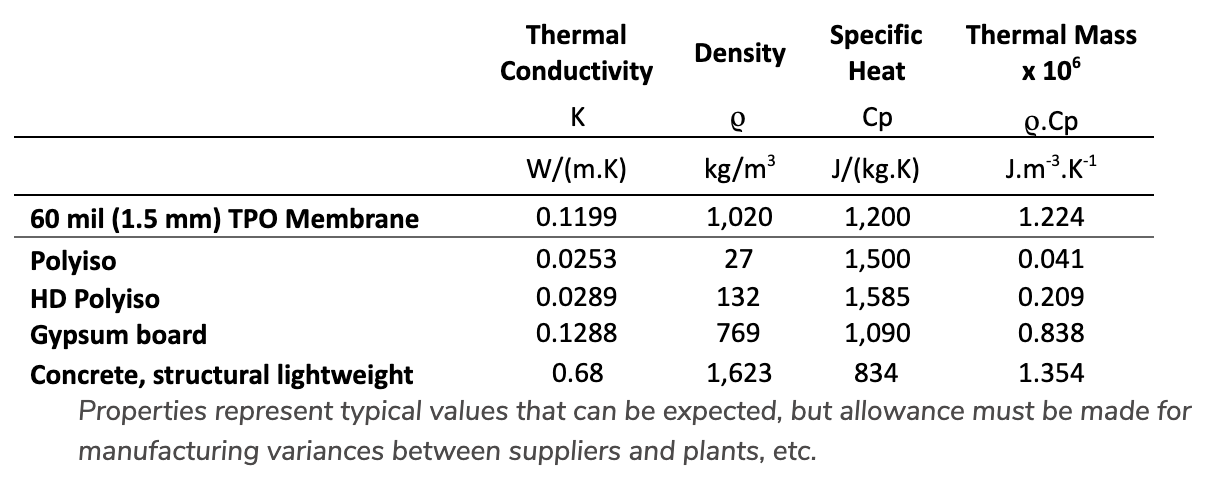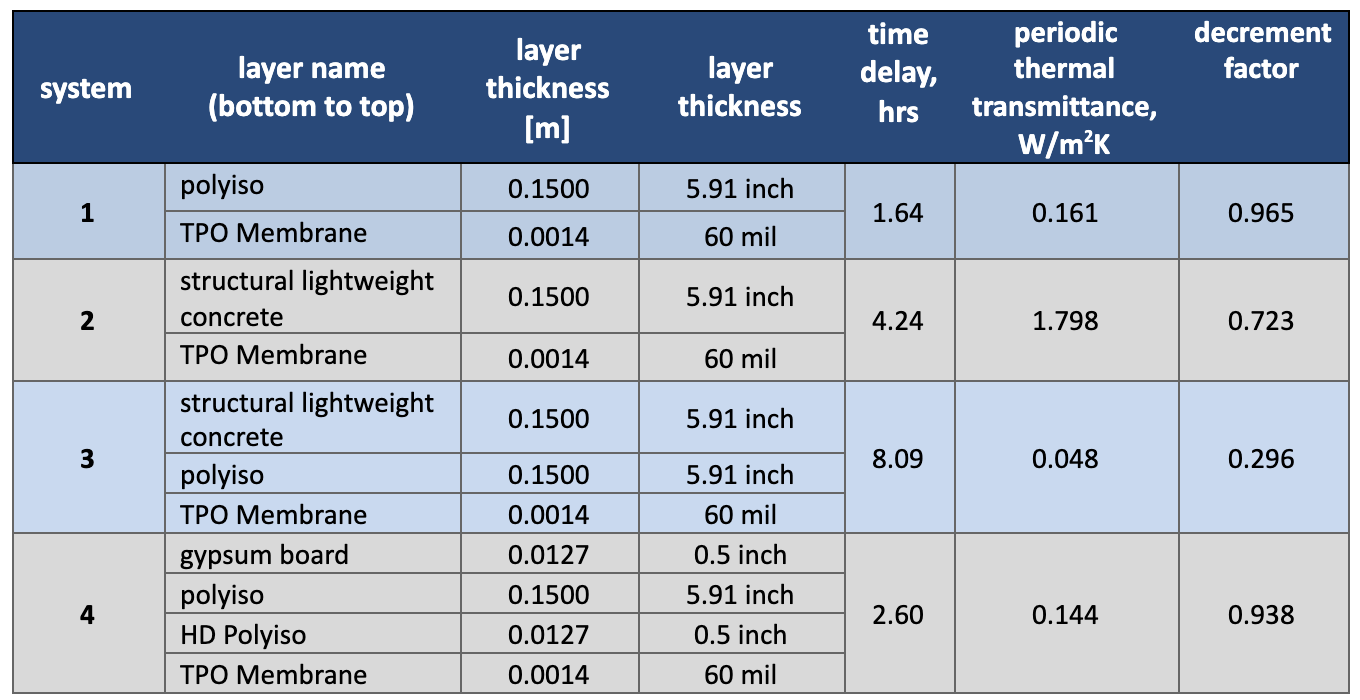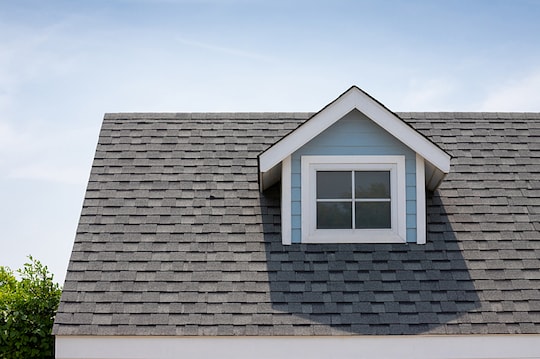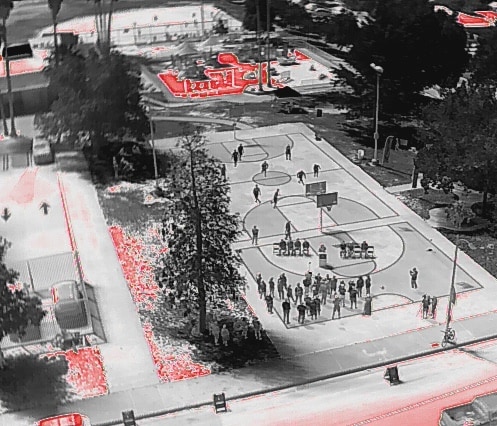
En tu comunidad
Ayudamos a mitigar las islas de calor urbano con los revestimientos para pavimento StreetBond de GAF
En los últimos 30 años, el calor extremo fue la principal causa de muerte en EE. UU. relacionada con las condiciones meteorológicas. De hecho, entre 2010 y 2020, aproximadamente 12,000 estadounidenses murieron a causa del calor extremo, siendo las comunidades de nativos americanos y negros las más afectadas. Around the globe, excess heat collects in urban areas and can contribute to increased heat-related death and illness, diminished quality of life, and reduced economic opportunities.One example of this urban heat is Los Angeles's Pacoima neighborhood. During days of extreme temperatures, Pacoima had seven times the number of excess heat emergency room visits (19,000 between 2009 and 2018) compared with nearby Santa Monica, an affluent community of similar size, according to Bloomberg.Economic sectors, such as tourism and local businesses, also feel the effects of urban heat. Pacoima food truck vendor Jennifer Ramirez told Bloomberg she couldn't start work until outdoor and street temperatures cooled. Otherwise, her food truck generator could blow out.Fortunately, cooling strategies are now available and being used in initiatives like the GAF Cool Community Project to help mitigate urban heat.Understanding Heat IslandsYou can envision heat islands as heat-saturated sponges spread out across vast, shimmering urban spaces. These "islands" tend to have minimal shady vegetation, so their blacktop and hard surfaces-such as pavements, parking lots, concrete recreation areas, and roofs-absorb and retain the sun's heat well into the evening. Temperatures in urban heat islands can often be 15°F to 20°F hotter than in equivalent vegetated areas.In technical terms, darker, tarmac-covered surfaces have a "low albedo" effect, which describes the ability to reflect and diffuse the sun's rays back to the upper atmosphere. Meanwhile, reflective, snow-covered regions such as the Arctic have "high albedo." Areas with low albedo are at greater risk of experiencing increased heat retention.Densely packed buildings compound a low albedo effect by preventing cooling breezes from lowering temperatures. To top it off, heat islands can trap waste heat from cars, air conditioners, and other heat-emitting devices-exacerbating the effects. In terms of detrimental environmental impacts, this is the perfect, overheated, storm.Shifting from Heat Islands to Cool CommunitiesThe GAF Cool Community Project addresses the complex issue of urban heat with a simple solution: Take a hot, sun-exposed community with an abundance of heat-retaining surfaces. Then, apply colorful, solar-reflective coating to its streets and public hardscaping-such as GAF StreetBond® pavement coatings with Invisible Shade™, which Time magazine named one of the Best Inventions of 2022.The result? Cooler surfaces and ambient air temperatures.Making Progress on Cooling PacoimaLA's Pacoima neighborhood is one example of a community hit hard by heat. A true urban heat island, it has consistently been one of the city's hottest areas. On one summer afternoon in 2022, Bloomberg reported a pavement temperature of 127°F at noon. Just one hour later, it had risen to 141.8°F.Many of Pacoima's residents are in lower-income brackets and live in spaces that haven't been fully optimized to mitigate heat island effects. So, combatting the heat became a priority for local officials and organizations. Melanie Torres, community organizer with Pacoima Beautiful, said that "the cooling solutions that were brought here to Pacoima were actually very impactful to our community." Torres shared, "it definitely cooled things down, but we definitely did need the educational aspect -beginning the discussion of climate exchange and what extreme heat is, and how we can create solutions to combat it."With resources and support from GAF and non-profit partners, more than 700,000 square feet worth of streets, parking lots, and other hardscapes were coated with StreetBond® over a contiguous 10-block area. Attractive, colorful solar-reflective materials cover the park and playground areas, and blue and white coatings brighten the public basketball court. The formerly dark streets are now a cool gray-blue.According to Miguel Angel Luna, president of Urban Semillas, Pacoima residents are right "on the front line of climate change." Urban Semillas is an LA-based social and environmental justice consultancy working with GAF on the Cool Community Project.Achieving Positive Results in PacoimaOver the past year, Cool Community Project members monitored pavement and air temperatures using sensors, satellite technology, and drones. Findings from the past 12 months of observation have shown a positive impact on the Pacoima community:Ambient air temperature (Surface temperatures have been reduced by an average of 10°F during the daytime on sunny days.The second phase of the project includes applying pavement coatings to an additional 500,000 square feet of streets and introducing a new cooling technology on select residences-Timberline® CS Shingles. These shingles are made with a highly reflective material that can help reduce attic temperatures and air conditioning costs.In addition to heat reduction and urban beautification, GAF StreetBond® can help preserve pavement. Longer-lasting pavement can save cities time, money, and resources while giving them another tool to help mitigate the impacts of climate change. This is just another way GAF is looking to strengthen communities from the ground up.Through this project, GAF and its partners aim to improve the lives of the roughly 2,000 people living within the project area of Pacoima. They're accomplishing this by taking what Jeff Terry, GAF vice president of sustainability, describes as a "complete community approach," which involves residents and local organizations coming together to create a model for cities around the world.Reducing Temperatures at HomeWhether urban or rural, all communities can use technology to help reduce indoor and outdoor temperatures. Some cooling strategies that can be effective across cities or in your own home include:Cool SurfacesSurfaces treated with solar-reflective coatings can help reduce heat absorption and lower street and ambient air temperatures. Plus, products such as StreetBond® come in a range of colors to highlight urban areas and preserve pavement.Cool RoofsSolar reflective shingles like Timberline® CS Shingles may save homeowners an average of 7% to 15% on their total cooling costs.* This cooling technology can minimize a building's solar heat gain by reflecting incoming sun rays and reemitting the absorbed energy.Ready to get started in your neighborhood? Check out the inspiring community improvement projects at streetbond.com. (A division of GAF, StreetBond® offers the same quality and reliability customers have come to rely on from North America's largest roofing and waterproofing manufacturer.)*Potential for savings depends on various factors including, but not limited to, climate zone, utility rates, location, and HVAC equipment efficiency.
Por Annie Crawford
13 de octubre de 2023







